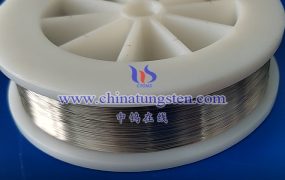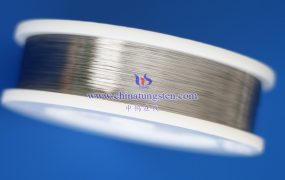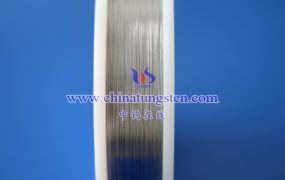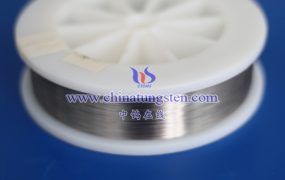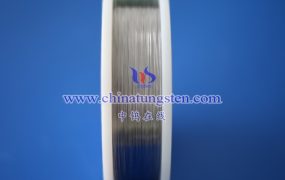The corrosion phenomenon of tungsten wire can be detected by a variety of methods. The following are some commonly used detection methods:
- Resistance method
The resistance method determines the corrosion rate of metal based on the principle that the cross-sectional area of the metal sample decreases due to corrosion, thereby increasing the resistance. For tungsten wire, a resistance probe can be installed to monitor its corrosion. By measuring the change in the resistance value of the tungsten wire immersed in a certain medium relative to the reference resistance value sealed inside the probe, the corrosion amount or corrosion rate of the object under test can be calculated. This method can continuously monitor the corrosion condition of the tungsten wire during the operation of the equipment, and can accurately reflect the corrosion rate and its changes at each stage of the equipment operation.
- Weight loss method (corrosion coupon method)
The corrosion coupon method is a piece of metal with a measured area placed in the system, and its material is generally similar to or the same as the equipment or pipe. The weight before and after the coupon test is measured, and then the corrosion of the material by the fluid under actual conditions can be calculated based on the weight loss and the placement time of the coupon in the medium, mainly the corrosion weight loss rate or weight gain rate. The tungsten wire is made into a coupon and placed in the test environment, and the degree of corrosion is evaluated by measuring the weight change before and after the coupon. This method is simple and direct, and is widely used in the laboratory to evaluate the corrosion performance of materials.
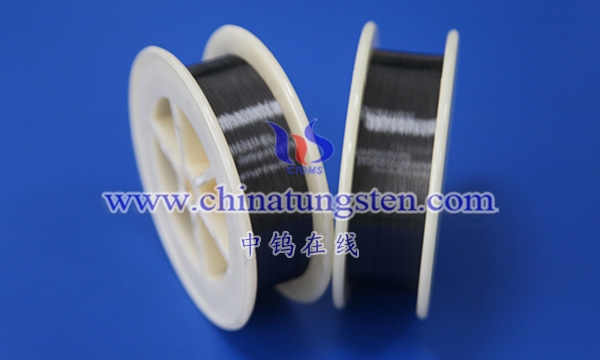
- Electrochemical method
Electrochemical methods include electrochemical polarization method, electrochemical noise method, corrosion potential measurement method, etc. These methods are based on electrochemical principles and evaluate the corrosion situation by measuring the electrochemical parameters (such as potential, current, etc.) of tungsten wire in the corrosive medium. For example, the linear polarization method can quickly respond to changes in corrosion conditions and obtain instantaneous corrosion rates; the electrochemical impedance spectroscopy (EIS) can study the on-site conditions of thin films and electrochemically deposited films on electrodes, which is of great significance for studying the corrosion film on the surface of tungsten wire.
- Ultrasonic thickness measurement method
Ultrasonic thickness measurement uses high-frequency sound waves generated by piezoelectric transducers to pass through materials, measure the time for echoes to return to the probe or record the amplitude of the sound waves when resonance occurs as a signal to detect defects or measure wall thickness. For tungsten wire, the degree of corrosion can be evaluated by measuring the change in its wall thickness. This method is non-destructive and highly accurate, and can repeatedly measure equipment in operation. However, it should be noted that ultrasonic thickness measurement is difficult to obtain sufficient sensitivity to track and record changes in corrosion rate.
- Hydrogen probe detection technology
Hydrogen is a product of corrosion reaction, so it can be measured using a hydrogen probe. The atomic hydrogen produced diffuses through the metal and finally combines into molecular hydrogen in the cavity. The increase in hydrogen pressure can be used as a sign of corrosion rate. For tungsten wire, if hydrogen is produced during the corrosion process, then hydrogen probe technology can be used as an effective corrosion detection method.
- Other methods
In addition to the above methods, magnetic induction thickness measurement, eddy current thickness measurement, magnetic flux leakage detection and other technologies can also be used to evaluate the corrosion of tungsten wire. These methods have their own characteristics, and the appropriate method can be selected according to actual needs and detection conditions.
More details of tungsten wires, please visit website: http://tungsten.com.cn/tungsten-wires.html
Please contact CHINATUNGSTEN for inquiry and order of tungsten needles:
Email: sales@chinatungsten.com
Tel.: +86 592 5129595

